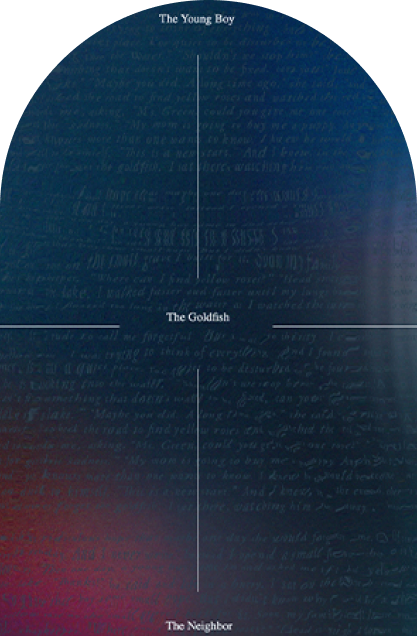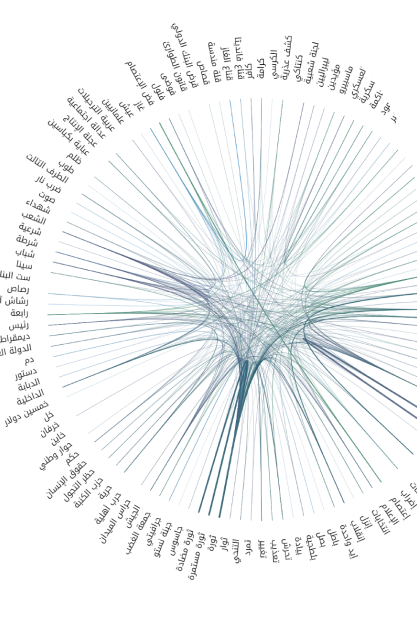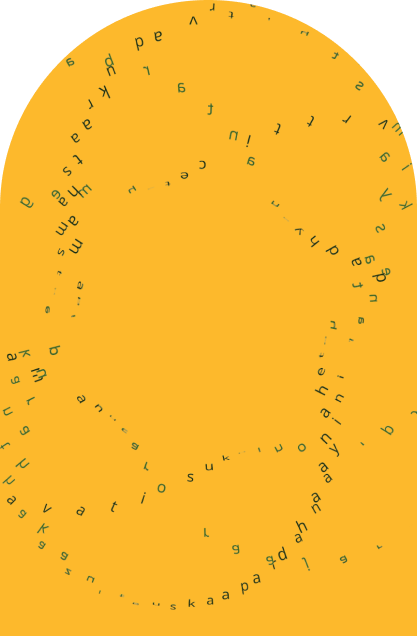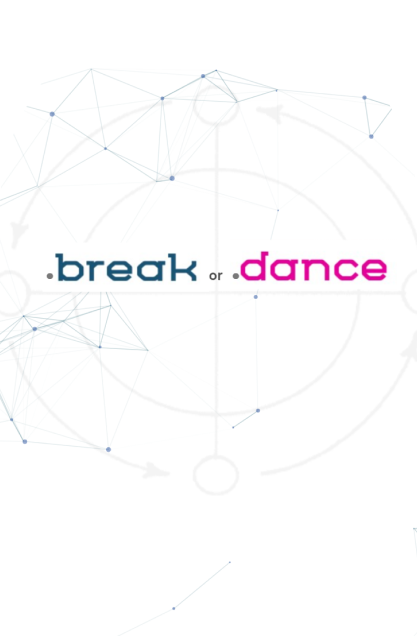Melody Mou Peijing
"At Nightfall, the Goldfish" (2021)
Mou Peijing (Melody)'s “At Nightfall, the Goldfish,” awarded the 2021 New Media Writing Prize “Writing Magazine Student Award,” experiments with structure for making interconnections among five seemingly disparate characters: a young boy, flower shop owner, angler, neighbor, and a goldfish. Water ripples throughout the story's unfolding, harkening us to the expansiveness of life—and time.





